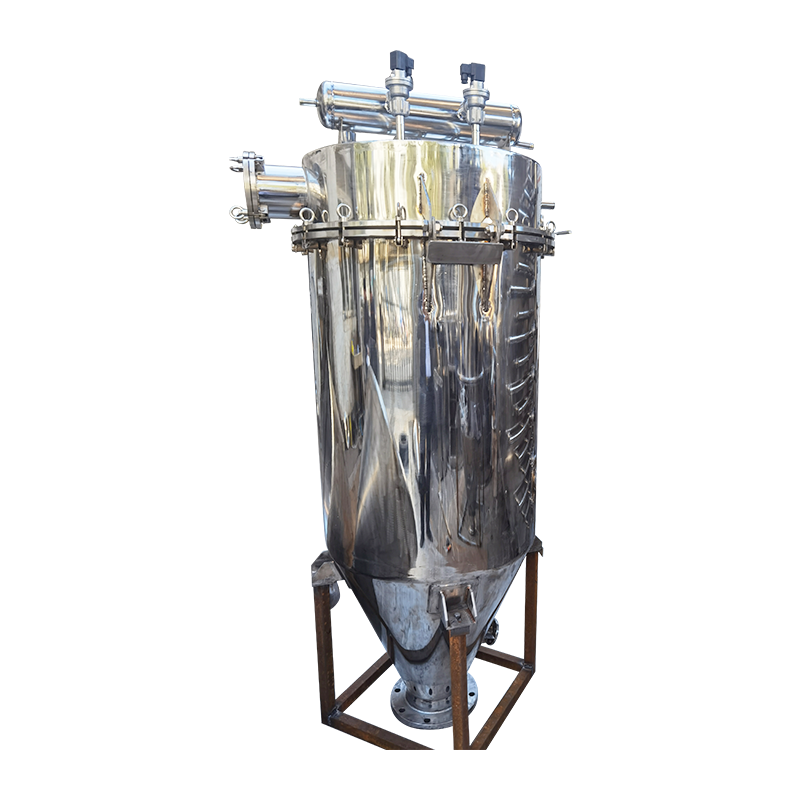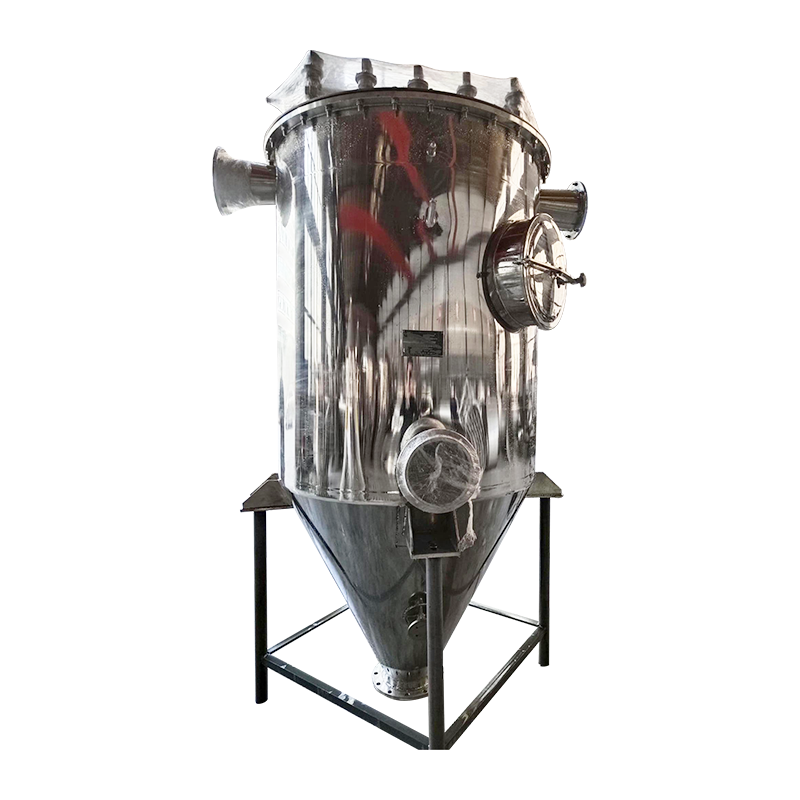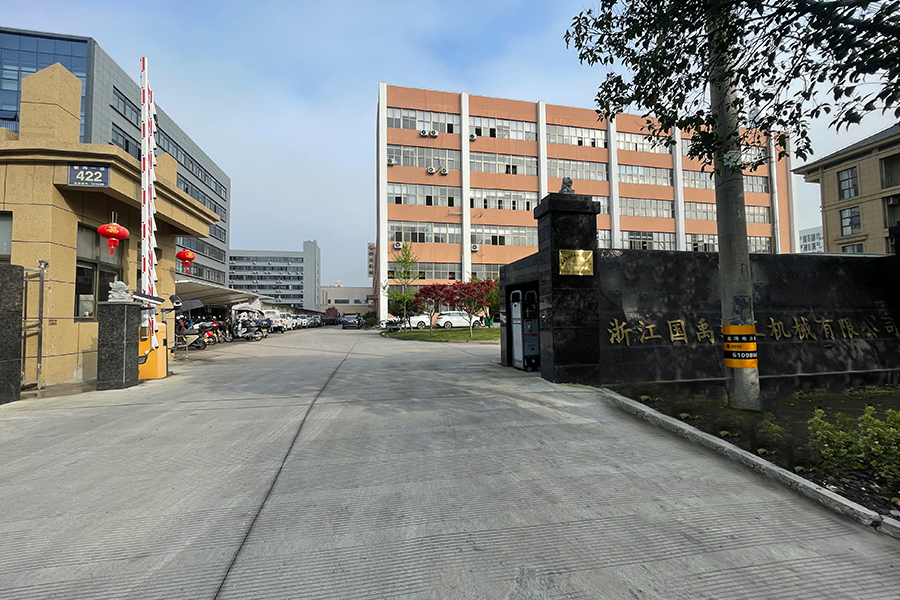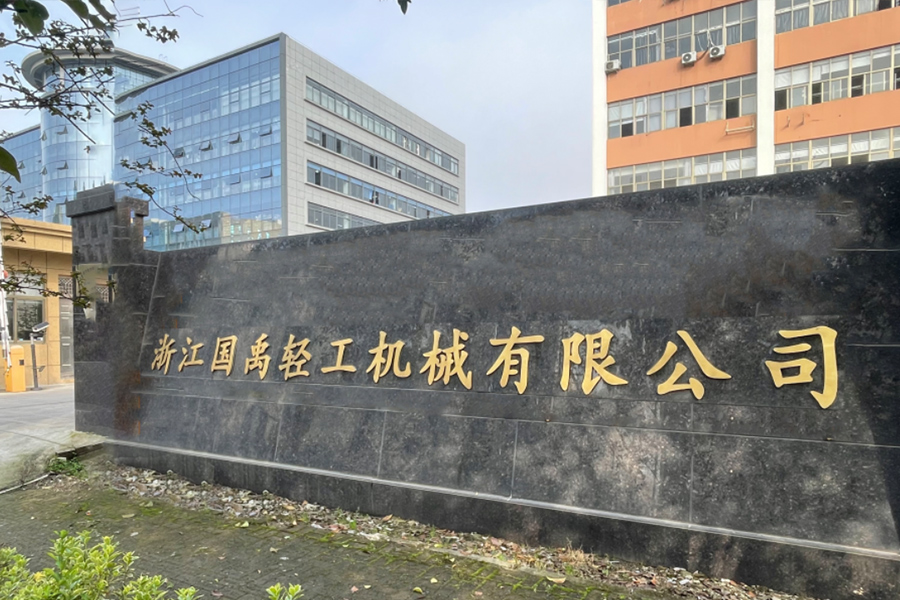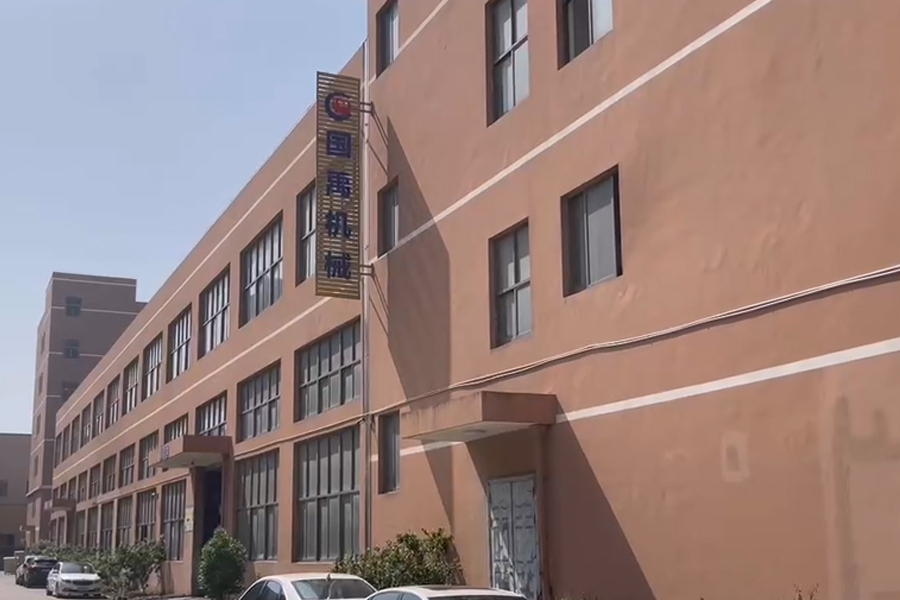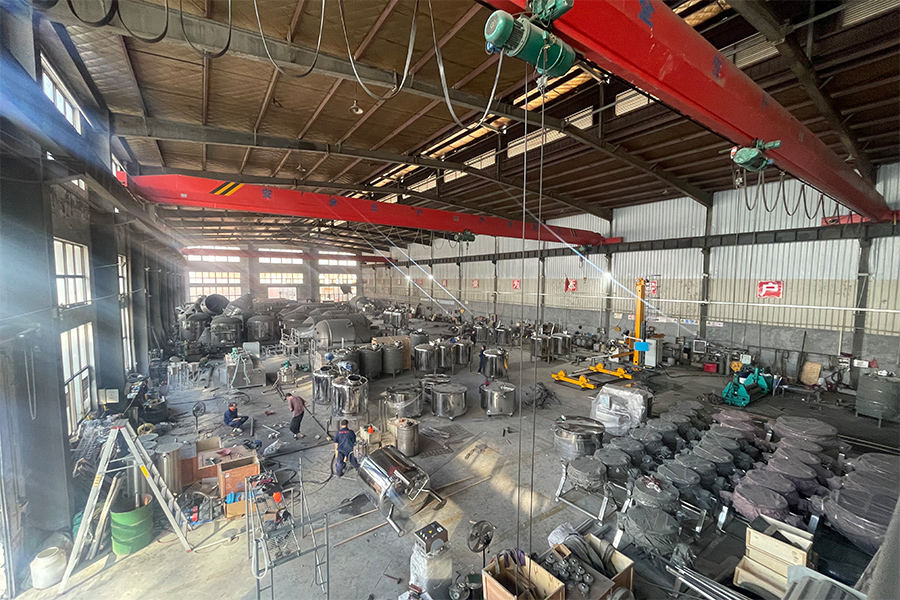Chemical dust collectors are specialized devices designed to capture and remove airborne chemical particles and dust from industrial environments. They help improve air quality by filtering hazardous dust generated during chemical processing, manufacturing, and handling. These collectors use various filtration methods such as fabric filters, electrostatic precipitators, or wet scrubbers to trap fine particles and prevent them from being released into the atmosphere. Chemical dust collectors are essential for maintaining workplace safety, protecting equipment, and complying with environmental regulations. They are commonly used in industries like pharmaceuticals, chemical production, and metal processing.
Materials and Maintenance of Chemical Air Dust Extractors
A chemical air dust extractor is a device used to remove dust and particulate matter generated during chemical processing and industrial activities. This equipment is designed to improve air quality by capturing airborne particles that may pose health risks or interfere with production processes.
The main function of a chemical air dust extractor is to filter contaminated air through a series of mechanisms, such as filters, cyclones, or scrubbers, which separate dust from the air stream. The filtered air is then released back into the environment or directed to further treatment systems.
Chemical air dust extractors are designed to handle dust types that may be hazardous or reactive, requiring specific materials and construction methods to ensure safety and durability. Components are often made from corrosion-resistant materials to withstand chemical exposure and maintain efficiency over time.
Installation of these extractors is usually integrated within the ventilation or exhaust systems of chemical plants or laboratories. They can be customized depending on the scale of operation, dust concentration, and the physical and chemical characteristics of the particles to be removed.
Routine maintenance and filter replacement are important to keep the system functioning effectively. Monitoring systems may also be installed to track air quality and extractor performance, ensuring compliance with workplace safety standards and environmental regulations.
In summary, chemical air dust extractors play a role in maintaining a safer and cleaner working environment by controlling airborne dust generated during chemical manufacturing and processing.
Components and Maintenance of Automatic Dust Extraction Systems
A chemical automatic dust extractor is an advanced device designed to continuously remove dust and particulate matter in chemical processing environments without manual intervention. This system enhances dust collection efficiency and helps maintain a safer workplace by automating the dust extraction process.
The automatic dust extractor operates by sensing dust levels or operating on preset schedules to activate filtration systems. It uses components such as filters, fans, and dust collectors that work in synchronization to capture airborne dust particles and prevent their accumulation in the workspace.
One key advantage of an automatic dust extractor is its ability to maintain consistent air quality by adjusting its operation based on real-time dust concentrations. This can reduce downtime and labor costs since manual cleaning or system activation is smalld.
These systems are typically built with materials resistant to chemical corrosion to ensure durability and safety when exposed to various industrial substances. They can be installed in chemical plants, laboratories, and production lines where dust generation is a regular occurrence.
Maintenance of an automatic dust extractor involves regular inspection of filters, sensors, and mechanical components. Automated alerts or monitoring features may assist operators in timely upkeep, further enhancing reliability.
In essence, chemical automatic dust extractors provide an efficient and reliable solution for managing airborne dust in chemical industry settings with small manual effort.







